The core processes of public affairs operations include external public information and media facilitation, internal command information, and community relations and engagement.
The core processes of public affairs operations include external public information and media facilitation, internal command information, and community relations and engagement.
The Public Affairs Office communicates the mission of West Point so that the American public is made fully aware of USMA and its value to the nation, in order to ensure adequate public support and to obtain quality youth as potential leaders of character for the Army and the nation.
The mission of the U.S. Military Academy at West Point is "to build, educate, train, and inspire the Corps of Cadets to be commissioned leaders of character committed to the Army values and ready for a lifetime of service to the Army and nation."
For all media inquiries, contact Public Affairs at (845) 938-2006 or MediaRelations@westpoint.edu.
Browse high-resolution images of the U.S. Military Academy at West Point. For additional help or to request other images, contact MediaRelations@westpoint.edu.
Authorization to publish images should be coordinated through the Directorate of Public Affairs & Communications.
The West Point Community Relations Branch coordinates requests for military support of patriotic or community-wide celebrations in your area.
If you would like military support from West Point for an event in your area fill out a request for support form (DA Form 2536) and e-mail it to paoinformation@westpoint.edu as far in advance as possible, ideally 30 days.
Call West Point Community Relations at (845) 938-3614 for more information.
Support is provided based upon availability of the assets requested and in keeping with Army regulations.
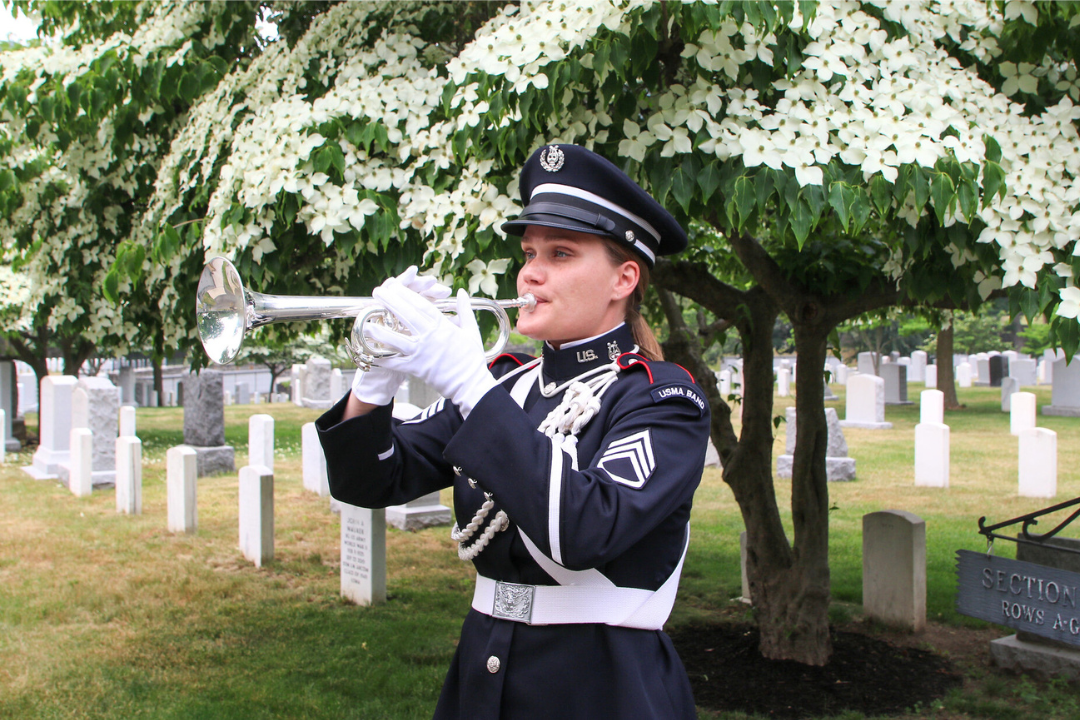
West Point Band
Available year round
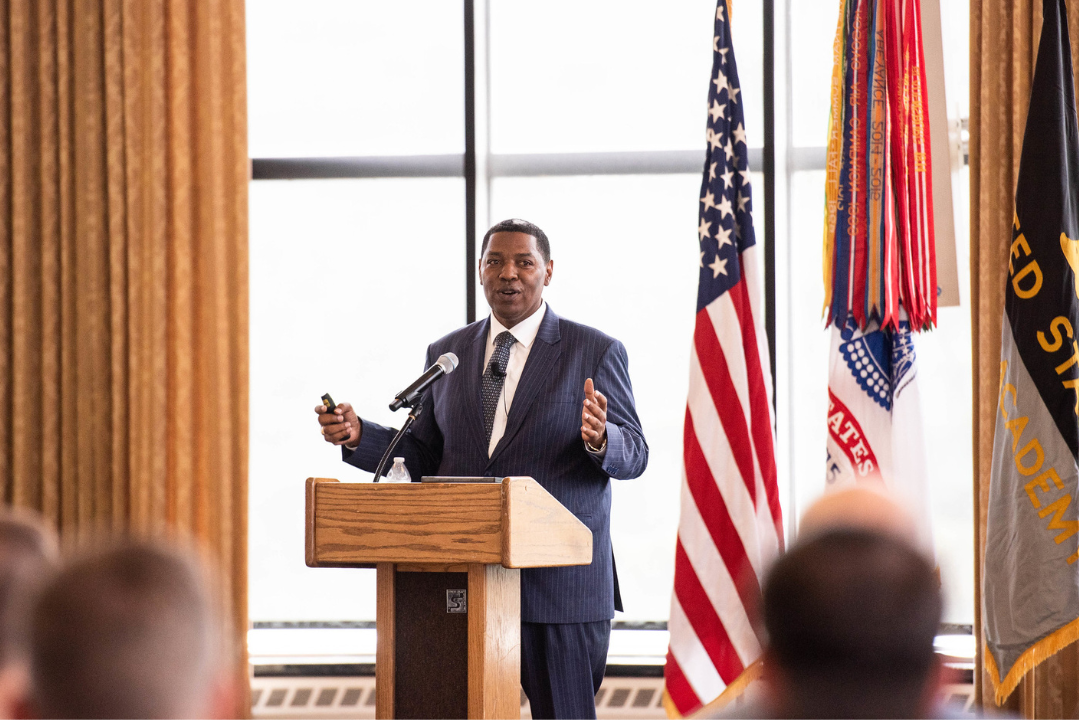
Speaker
Available year round
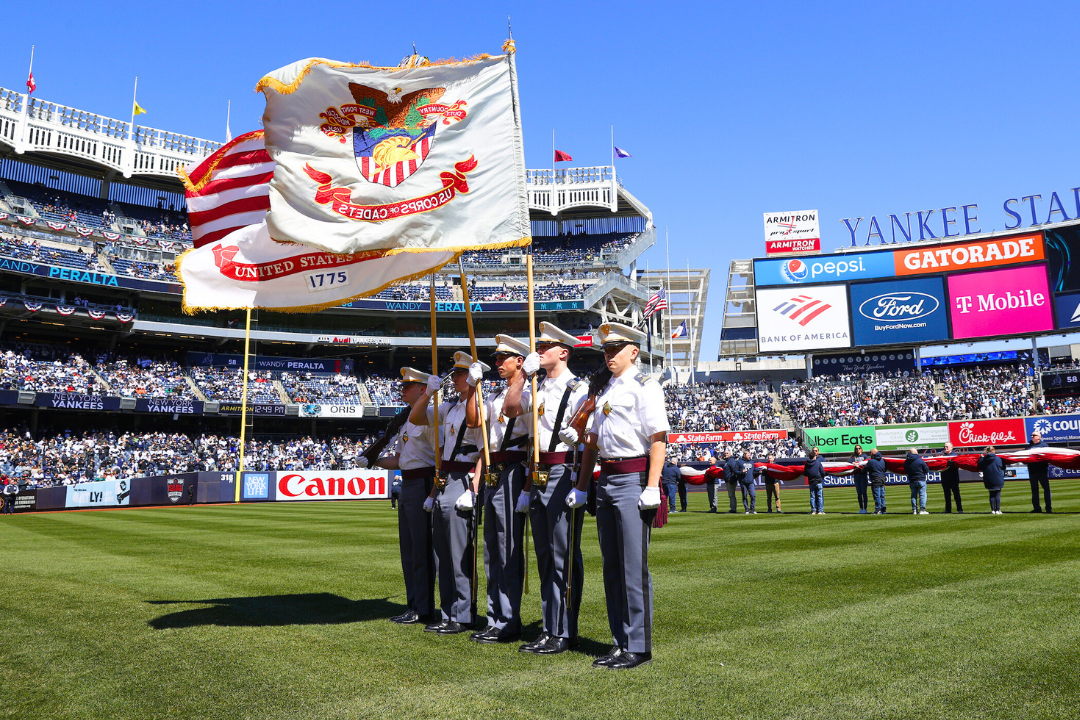
Cadet Color Guard
Available August through May
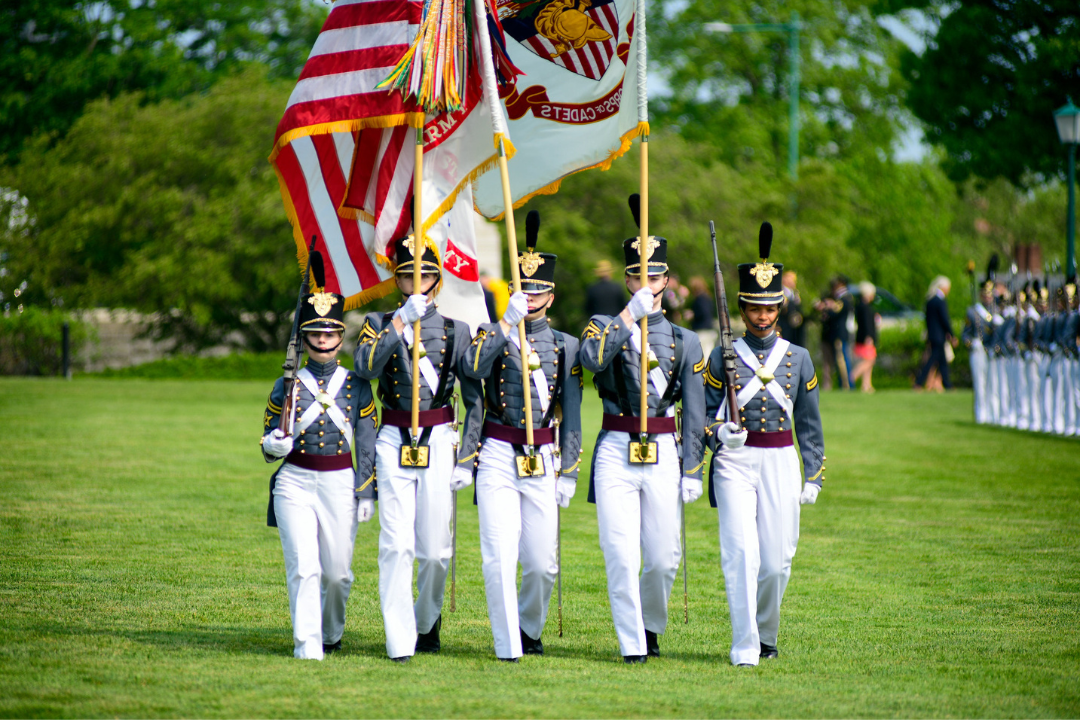
Military Police Color Guard
Available year round
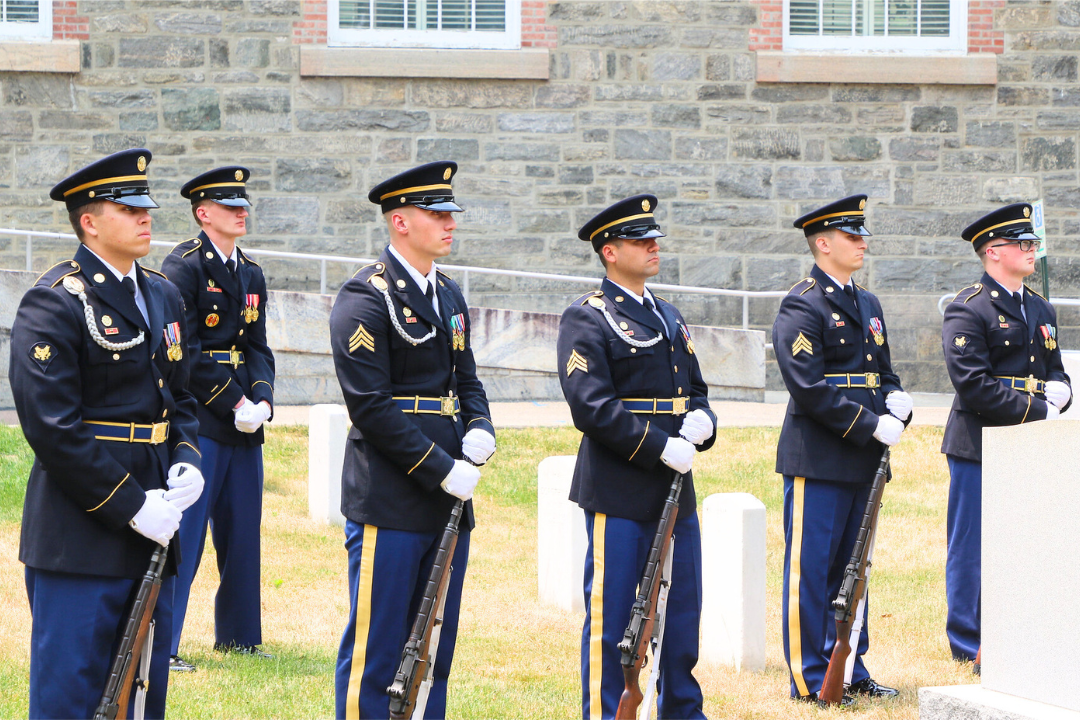
Firing Party
Available year round
(if the event calls for one)

Cadet Glee Club
Available August through May

Cadet Parachute Team
Available August through May
(weather and temperatures permitting)
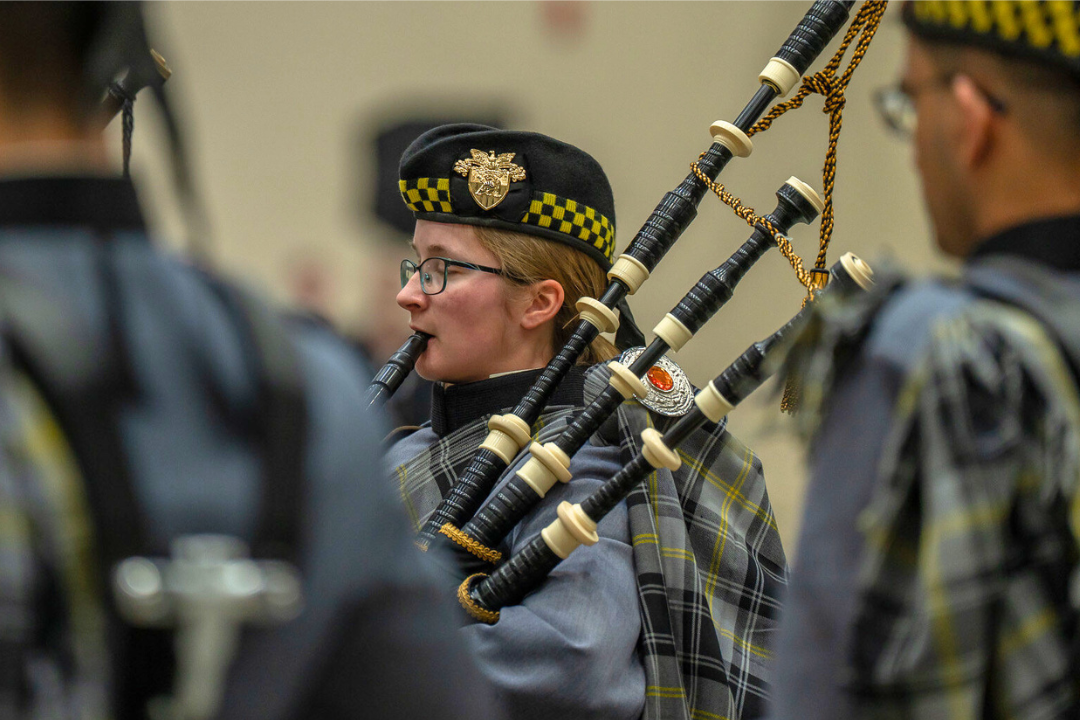
Cadet Pipes & Drums
Available August through May
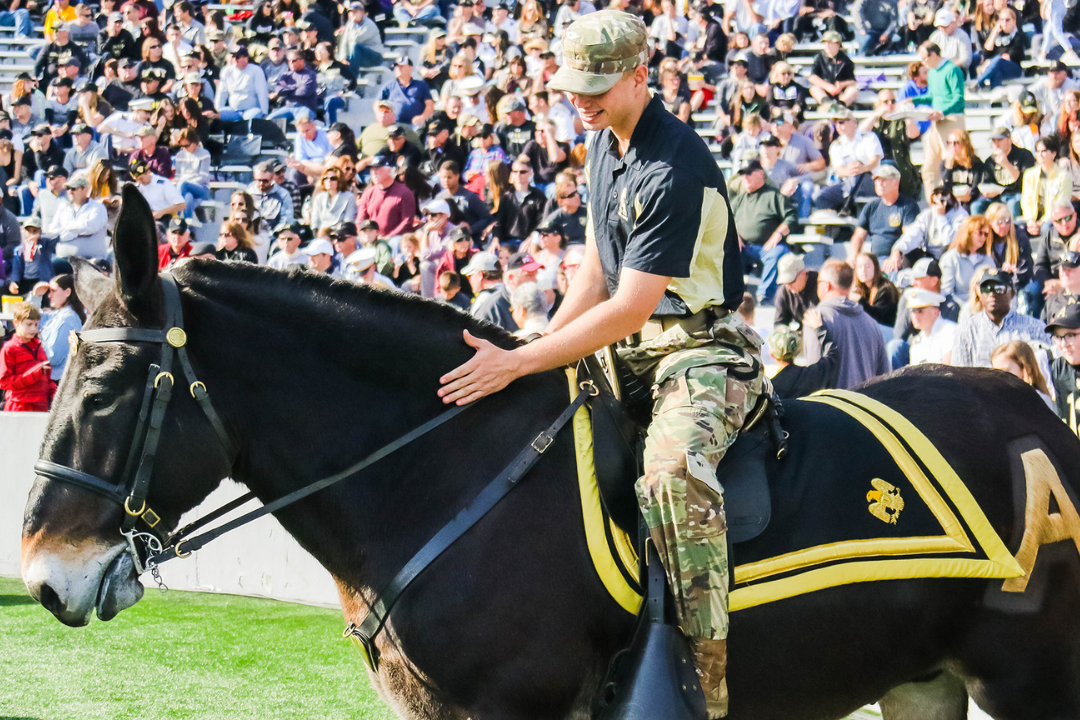
Army Mules
Available August through May
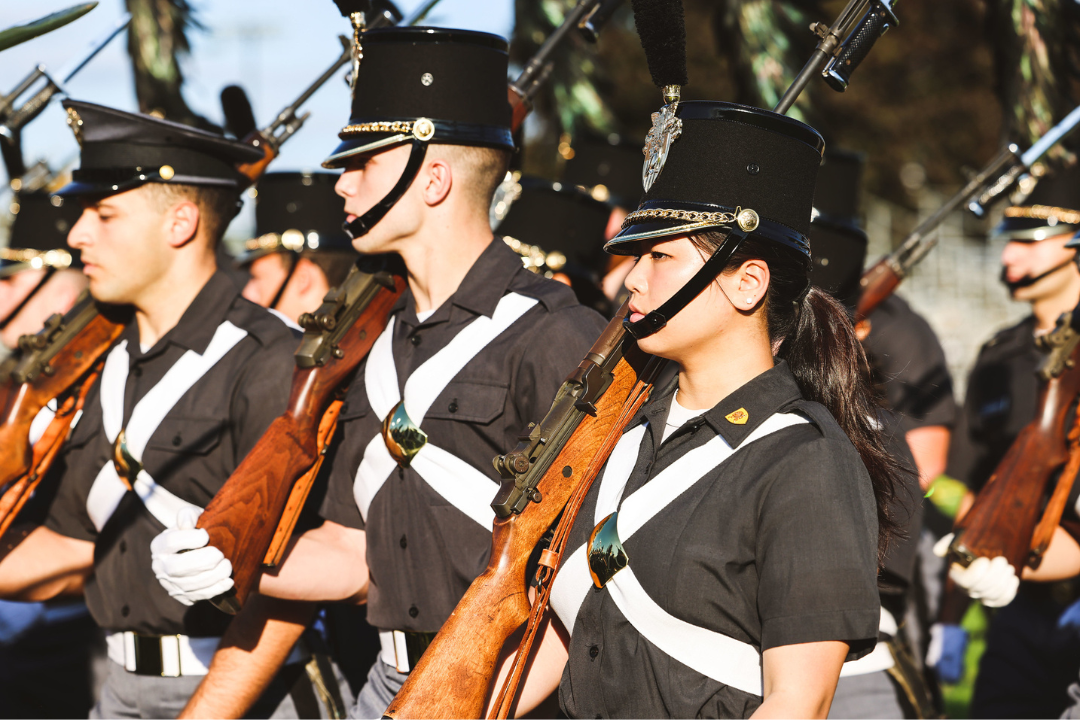
Cadet Drill Team
Available September through May
The West Point Speakers Bureau includes West Point staff and faculty members who volunteer to speak to groups throughout the Hudson Valley and the tri-state area. These speakers support a variety of events for community, government and private organizations.
Members of the West Point Speakers Bureau are well versed on many West Point topics. Common themes for speakers are leadership, cadet life, history of West Point, cadet honor code, West Point athletics and West Point academics as well as general patriotic themes.
To request a West Point speaker to participate in an event, fill out a request for support form (DD Form 2536) and e-mail it to paoinformation@westpoint.edu as far in advance as possible, ideally 30 days. Requests are approved based upon a number of criteria to include the availability of speakers.
There is no fee for a speaker; however, the requesting organization is responsible for the speaker's travel expenses. This includes meals and lodging, when appropriate.

Additionally, public affairs operations at West Point help support the U.S. Army’s obligation to keep the American people, as well as its Soldiers and their Families, informed and educated, thereby establishing and reinforcing the conditions that lead to confidence in America’s Army.
The USMA Marketing & Branding Office manages and oversees all marketing initiatives for the United States Military Academy, with the focus of enhancing USMA's marketplace so that West Point may achieve the goals of recruiting the "best fit" cadets, strengthening its relationship and involvement with our graduates and the engagement with our stakeholders through integrated marketing and strategic communication.
Contact Information
USMA Marketing & Branding Office
United States Military Academy
600 Thayer Road, Taylor Hall, RM 212
West Point, NY 10996
(845) 938-USMA (8762)
The USMA Trademark Licensing Program was formally established to protect and license the institutional names and identifying marks, the "licensed indicia" of our Academy. These marks are registered with the United States Patent and Trademark Office and/or are protected under state and common law. USMA licensed indicia are the exclusive property of the United States Army and managed locally by the USMA licensing director. License or authorization is required for any and all use of the licensed indicia.